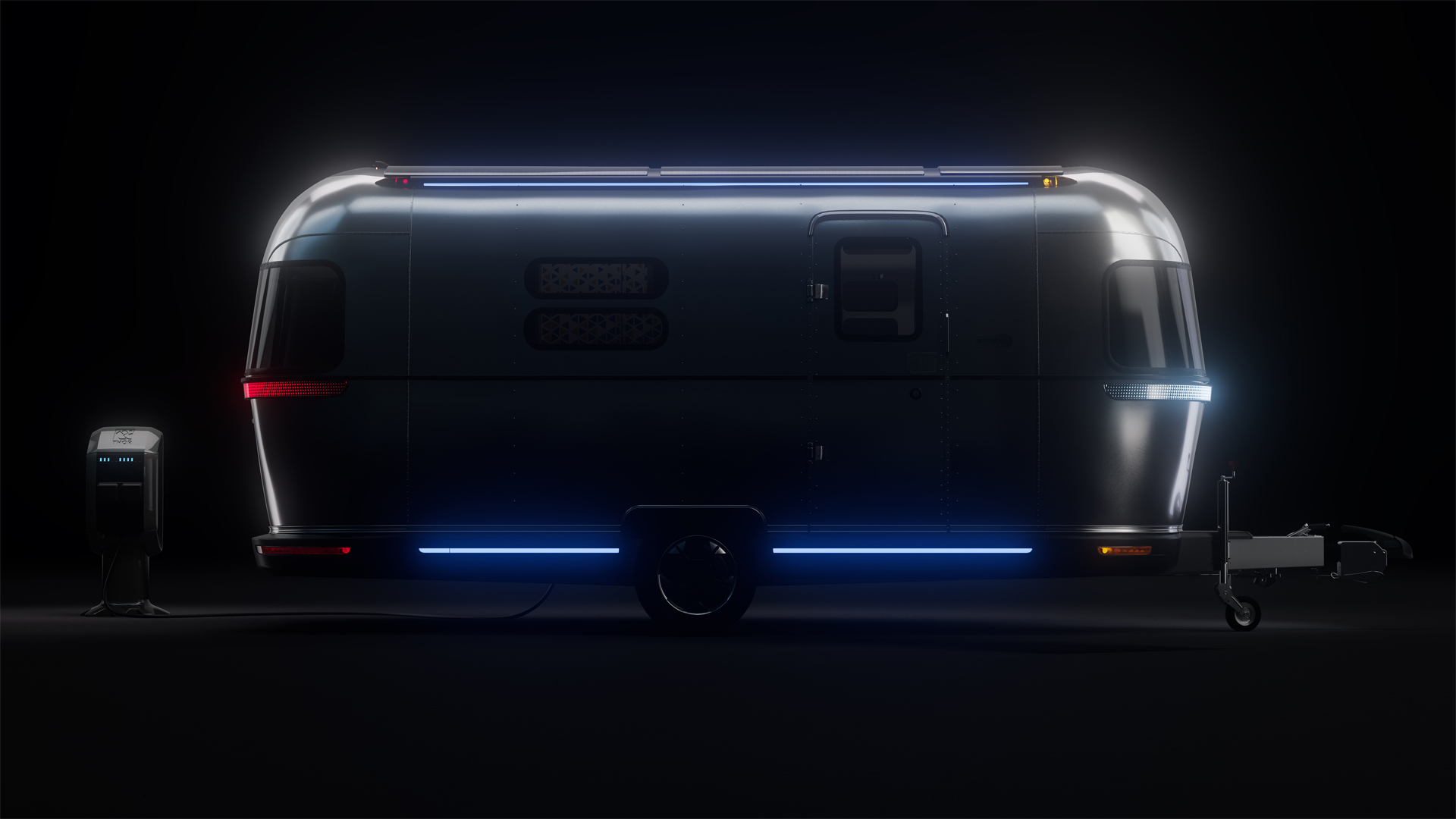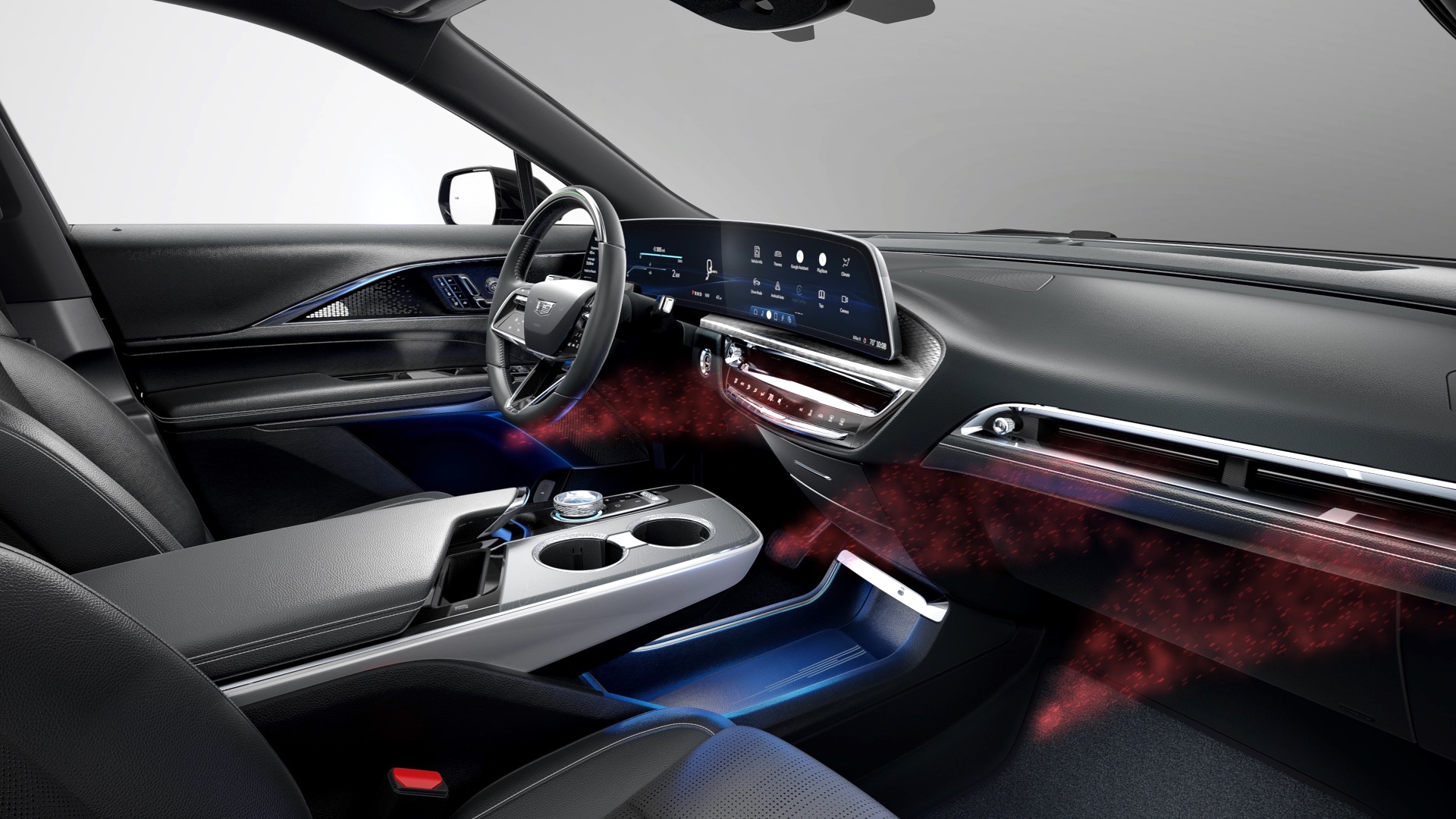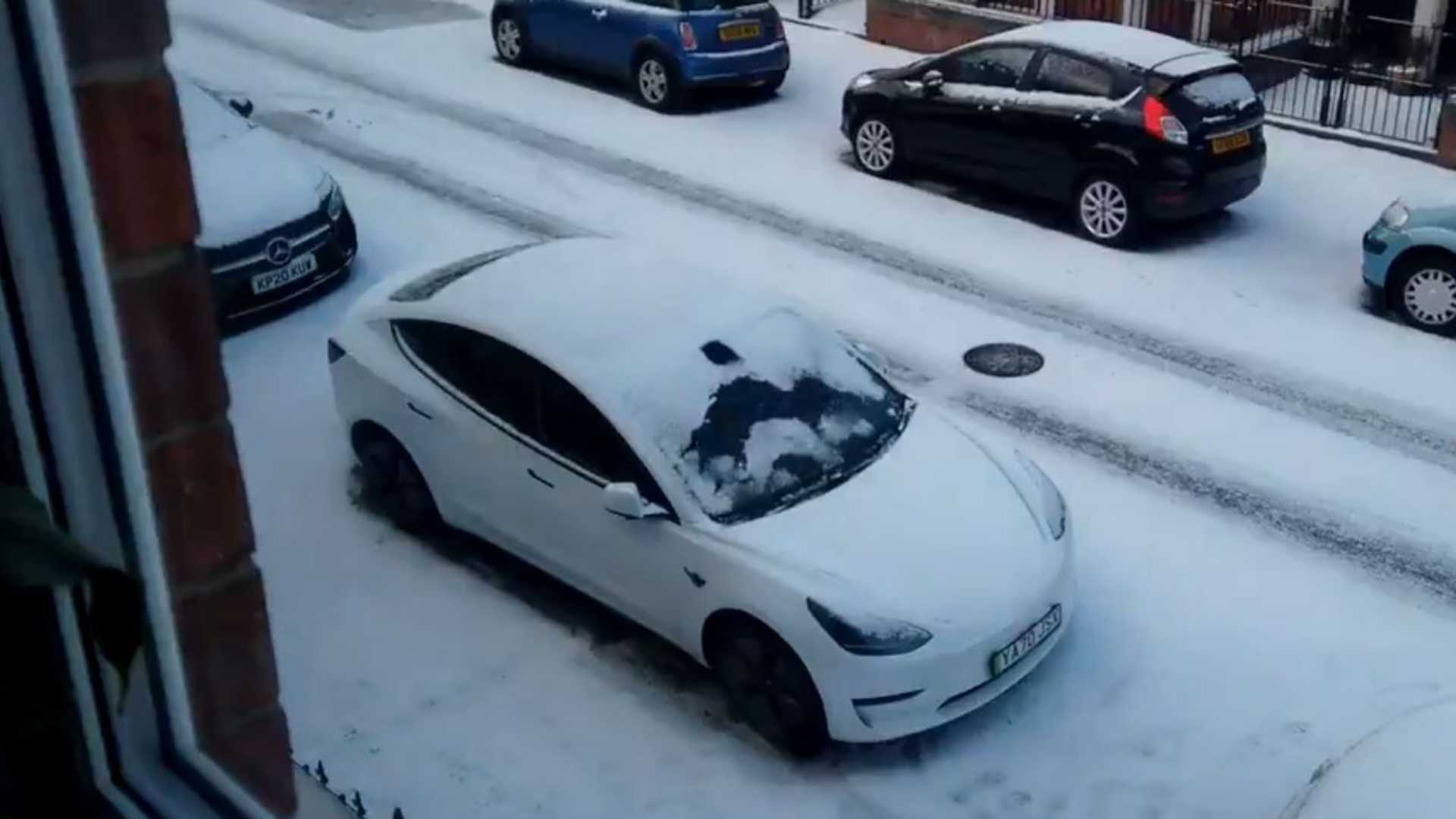Last year I bought my wife a new car. It was going to be a Tesla; but we settled on a Toyota RAV4 Prime (plug in hybrid). The reason we didn’t get a full battery electric vehicle is due to the lack of charging infrastructure in Central Oregon. We often do road trips and with a battery electric vehicle would not be able to return home on the same day or continue our journey; due to a lack of charging stations. I have started to see a few new charging stations (Detroit, Oregon), but not enough yet to alleviate my range anxiety.
My primary vehicle is a Toyota 4Runner, it is rugged and reliable; but it is not electric. I use it primarily as a daily driver with weekend trips to the Wilderness for hunting trips. My last hunting trip was 120 miles one way in freezing temperatures. Depending on the availability of charging stations; I wouldn’t be able to make a return trip in a vehicle with limited range like the Polestar 2 or Nissan Leaf. Please make the Scout with a realistic range (regardless of temperature) for the people who will actually use it outside of cities.
My primary vehicle is a Toyota 4Runner, it is rugged and reliable; but it is not electric. I use it primarily as a daily driver with weekend trips to the Wilderness for hunting trips. My last hunting trip was 120 miles one way in freezing temperatures. Depending on the availability of charging stations; I wouldn’t be able to make a return trip in a vehicle with limited range like the Polestar 2 or Nissan Leaf. Please make the Scout with a realistic range (regardless of temperature) for the people who will actually use it outside of cities.





